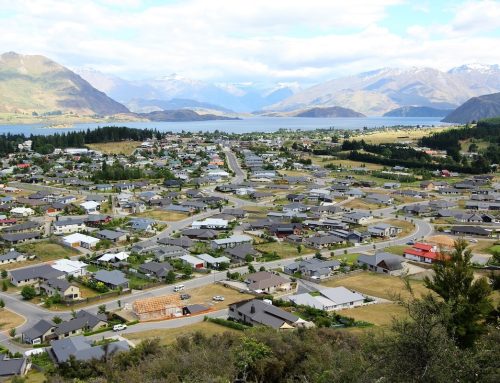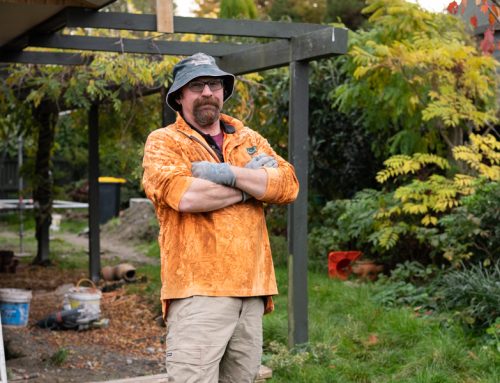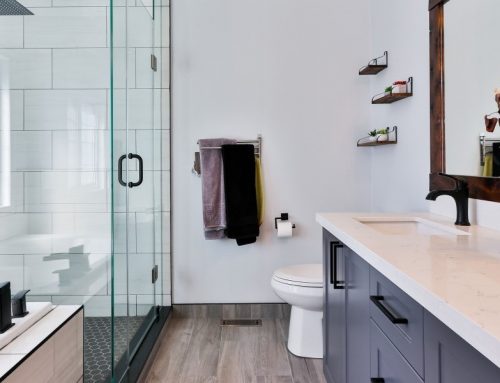
Drainlayers are essential to creating adequate drainage on any property or land area. We take a look at what they do and what certification they need…
Drainlayers are tradespeople who have expertise in the laying, repair and planning of drains. Their work involves drain laying lasers, external lasers, theodolites, pipe stoppers, sewer sealing cushions, cable avoidance tools, surveying equipment, mandrills, manhole shutters, tripods, winches, harnesses, and manhole equipment.
The services of drainlayers include:
- Drain laying
- Drain repair
- Drain surveying
- Drain replacement
- Sewage connection
- Sewage repair
- Sewage replacement
- Stormwater pipes
- Spouting
- Waste water pipes
- Septic tanks
- Toilet drains
- Drain maintenance
Correctly installed drainage systems play an important role in protecting public health and maintaining a pollution-free environment. Drains are underground pipes which carry foul or surface water (stormwater) and enter either an onsite waste water disposal system (septic tank) or a sewer.
What is drainlaying?
Drainlaying is any work involving the installation, alteration or repairs to a drain, including the fixing or unfixing of a drain to an onsite wastewater system (septic tank) or any trap.
A drainlayers work must comply with the Building Code and where a building consent is required, the work must be checked by the building inspector from the building control authority in your area (your local council). A code compliance certificate cannot be issued until the work has been signed off by the building inspector.
People who are not registered as drainlayers are able to clear blocked drains, but only if this does not involve altering or repairing the inspection pipe or ventilation pipe in any way.
Who can undertake drainlaying?
Certified or licensed drainlayers can lay, alter, reconstruct, extend, repair and open up drains and associated traps and connect drains up to and away from waste water treatment stations (septic tanks).
If you require new drains to be installed or existing drains altered you must ONLY engage a person who holds a current drainlaying licence and is legally entitled to carry out this work.
The most common problem that occurs with a drain is blockage due to foreign matter dropped down the drain, tree root intrusion, overloading, collapse or misalignment.
A blockage in a drain will usually require the services of a tradesperson who can clear the blockage. Clearing a blocked drain is not regarded as drainlaying, however, anytime a drain is opened up, altered, reconstructed, extended or repaired then that work can only be legally undertaken by a licensed drainlayer.





